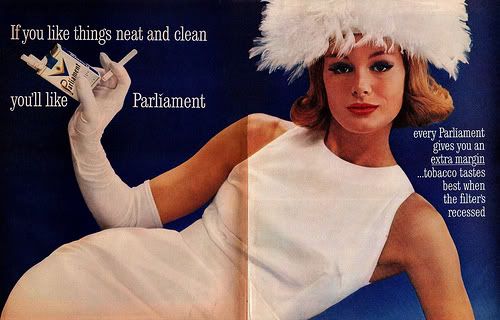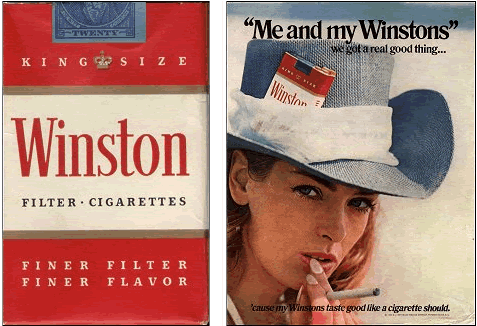Meet Romli, a liang teh (Chinese health tea) seller who earns between Rp 25,000 (US$2.80) and Rp 50,000 a day and spends some Rp 20,000 daily on two packs of cigarettes.
The 23-year-old man from Slipi, West Jakarta, said obligations to his wife and 4-year-old son were not enough to make him quit smoking and put that money to his family.
“My wife scolds me when she finds me smoking, especially when I do it when my son is around, but so far it hasn’t stopped me,” he said.
However, Romli said that, although he would not quit smoking any time soon, he always saved enough money for his son’s needs.
“I always make sure that my son’s needs are fulfilled,” he said.
In South Jakarta, another smoker, Sukiman, said that despite earning only Rp 650,000 per month as caretaker of a low-rent apartment in Kebayoran, he could not pass a day without spending Rp 10,000 for cigarettes.
“I started smoking when I was a little boy, younger than 10 years old,” Sukiman told The Jakarta Post.
Beside him were two packs of cigarettes: One nearly empty and the other still sealed.
“Back then, it was only one cigarette a day. Then it became two and then four and six and so on. Nowadays, I smoke between one and one and a half packs a day.” One pack of his favorite cigarettes costs between Rp 9,500 and Rp 10,000.
His children are grown and generate their own income now, Sukiman said.
Health Ministry data shows that, in 2010, smoking among Indonesian adults increased to 34.7 percent, up from 31.5 percent in 2001. Of that 34.7 percent, 28.2 percent smoked every day.
The data also shows that 66 percent of males and 4 percent of females over 15 are active smokers.
Tobacco industry players have targeted cigarette sales of Rp 188 trillion this year, a 6 percent increase from Rp 177 trillion last year when an estimated 250 billion cigarettes were produced. At least 10 million Indonesians are directly involved in the country’s cigarette industry.
The Jakarta administration is currently considering revoking the government-sponsored healthcare insurance for poor people who smoke habitually.
Sukiman, like many other impoverished smokers, said that he often tried to quit smoking.
“When I am working on something and my mind is occupied, I often forget my urge to smoke,” he said.
Irfan, a motorcycle taxi driver in Slipi agreed, but added, “The moment I take a break from doing whatever I’m doing, the moment I sit down and my mind begins to wander, that is when I feel the urge to smoke again.”
People such as Irfan and Sukiman said they often felt helpless to resist their smoking urges.
“It has changed from merely a hobby to some sort of a craving,” said Amsar, 45, an unofficial security guard at a residential area in Grogol Utara subdistrict, South Jakarta.
As an unofficial security guard, he does not have a fixed source of income. Most of the time, he depends on the generosity of local residents to give him money for his services.
“Let’s just say that I have enough money to buy my meals, my cups of coffee and lots of cigarettes. I can’t stop doing it now,” he said, taking a long drag on his cigarette.










 1:01 AM
1:01 AM
 Alexis
Alexis


 Posted in:
Posted in: 













